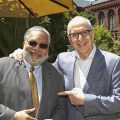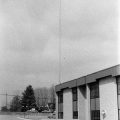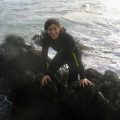Today in Smithsonian History: February 16, 1965
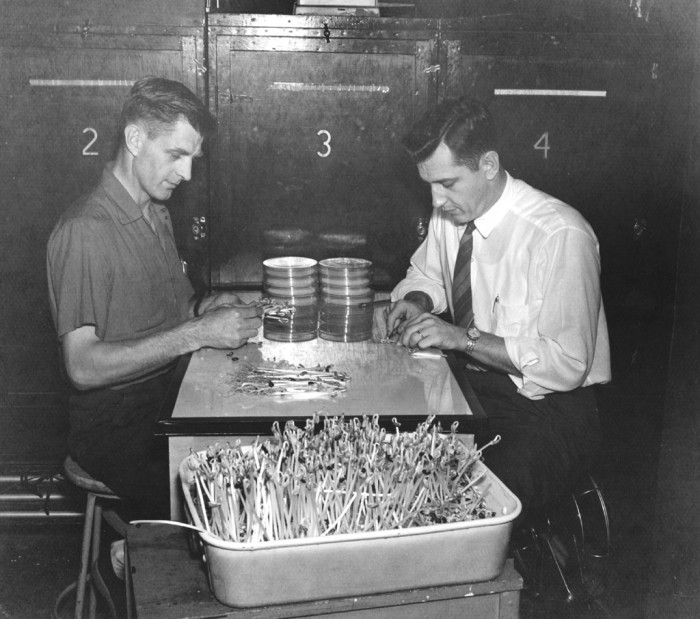
Victor B. Elstad and William H. Klein cutting the hypocotyl hook out of each bean seedling and placing hypocotyl hooks in the Petri dishes that can be seen in the center, ca. 1961. Elstad and Klein worked for the Smithsonian’s Division of Radiation and Organisms, which at the time was housed in the basement of the Smithsonian Institution Building, the “Castle. ” Later the Division was abolished and its work continued by the Radiation Biology Laboratory, which later combined with the Chesapeake Bay Center for Environmental Studies, to become known as the Smithsonian Environmental Research Center.
February 16, 1965 The Division of Radiation and Organisms of the Smithsonian Astrophysical Observatory becomes the Smithsonian Radiation Biology Laboratory, which has independent status within the Smithsonian Institution (separate from the Astrophysical Observatory) and whose director reports to the Secretary through the Assistant Secretary for Science. The Laboratory is headed by Dr. William H. Klein, with assistant Dr. Walter Shropshire, and is located in west end of the basement of the Smithsonian Institution Building.
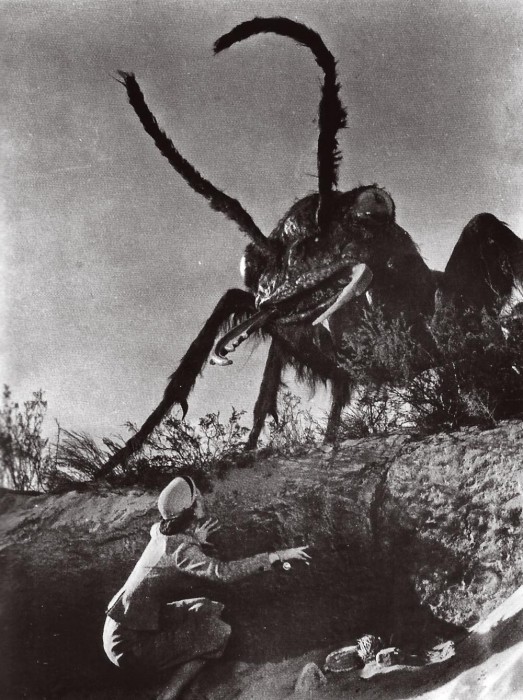
A nest of gigantic irradiated ants is discovered in the New Mexico desert and wreak all sorts of havoc in the 1954 Warner Bros. film, “Them!” The Smithsonian has nothing to do with this; we just think it’s cool.
Posted: 16 February 2019
- Categories:
